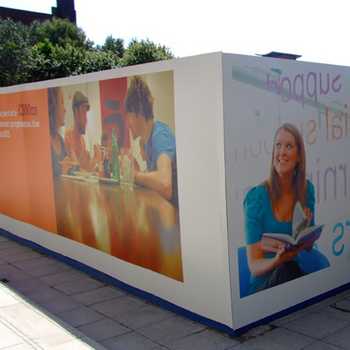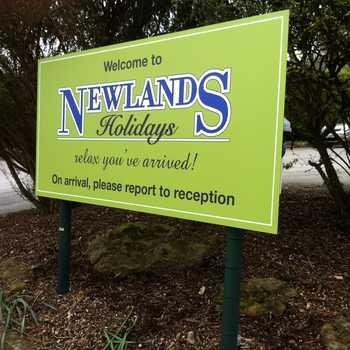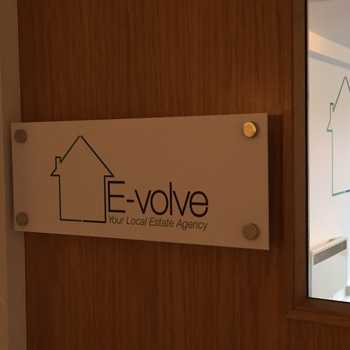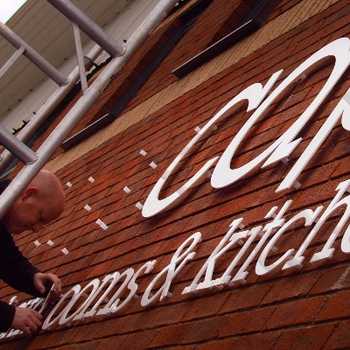All About Large Format Print - Part 4: Dibond / Aluminium Composite Material (ACM)
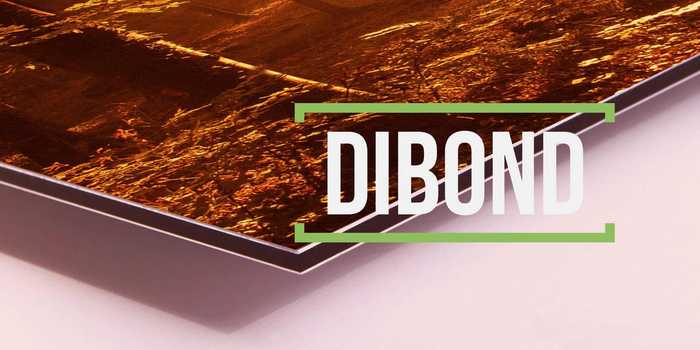
What is Dibond?
The term Dibond is actually a brand name, kind of like the way Sellotape is a brand name but has become known generically for any type of clear tape (you knew that, right?). Dibond is actually Aluminium Composite Material or ACM, which is essentially a Polyethylene core sandwiched together by two sheets of aluminium. You'll sometimes here it referred to as sandwich panels, Raybond, Dilite and iBond. At Creative, we tend to refer to it as ACM or Dibond, so we'll stick with that.
Dibond is normally 3mm thick, and completely rigid. It has excellent stability and a very impressive strength to weight ratio, meaning it doesn't bend or flex.
What is Dibond used for?
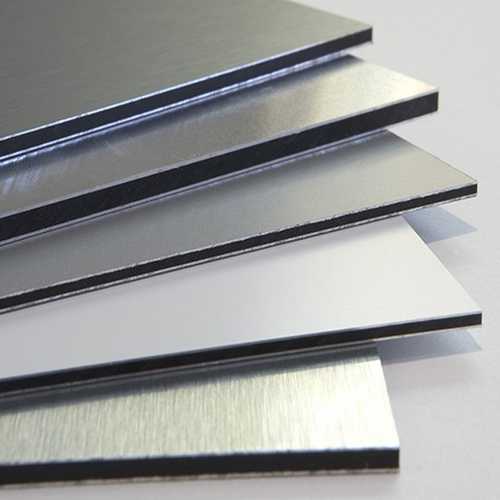
Dibond is fantastic for making signs. When it comes to creating durable, professional signs, Dibond is the bee's knees! A rigid material, it has high UV temperatures and excellent stability within a range of temperatures.
It's particularly well suited to outdoor signs due to it's resistance to wind and weathering. For example, if you were to have a sign between two posts it's Dibond that would be best suited rather than Foamex or Correx. It's actually rather lightweight considering how mechanically strong it is, making it great for large signage applications, hoarding boards, POS displays and photography mounting.
It's the material of choice for many professional photographers to display their work. ACM is finished with a high-quality lacquer that creates stunning print results.
Dibond is easy to work and can be used both indoors and outdoors. It can be riveted, drilled, screwed or nailed to most surfaces, and it's resistance to wear and tear and cracking make it great for long term or short term signage.
Surprisingly, Dibond isn't as expensive as you might think. Granted, it's more expensive than Foamex and Correx but it's a stronger, more premium product. When compared to its metal counterparts such as stainless steel, it's a fraction of the cost and an affordable signage material.
Advantages of Dibond
- Very strong size to weight ratio
- Rigid board- will not lose it's shape
- Lightweight
- Suitable for internal and external applications
- Fixed via screws/nails/riveted/brackets
- Vivid full colour printing
- Can be bought in block colours
- Wind resistant
- UV resistant
- Waterproof
So there we have it, the basics of Dibond. We hope you found this guide useful and has given you a good insight as to what can be done with Dibond.
Other Installments of All About Large Format Print
Posted by Rob on October 27th 2016


